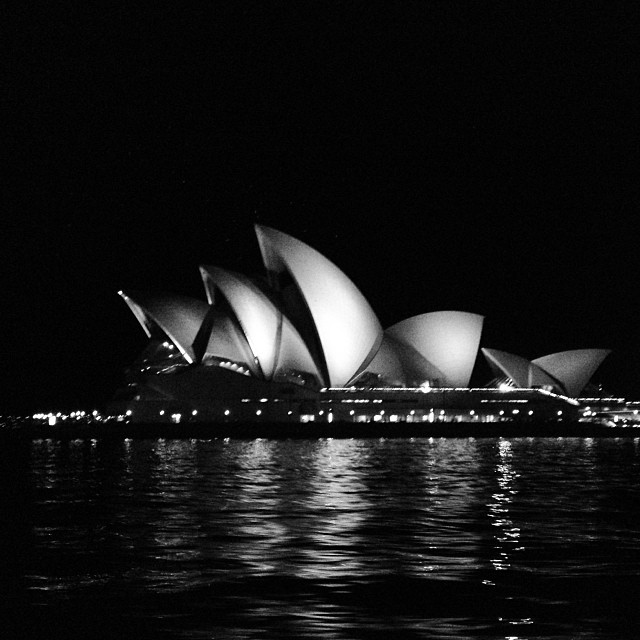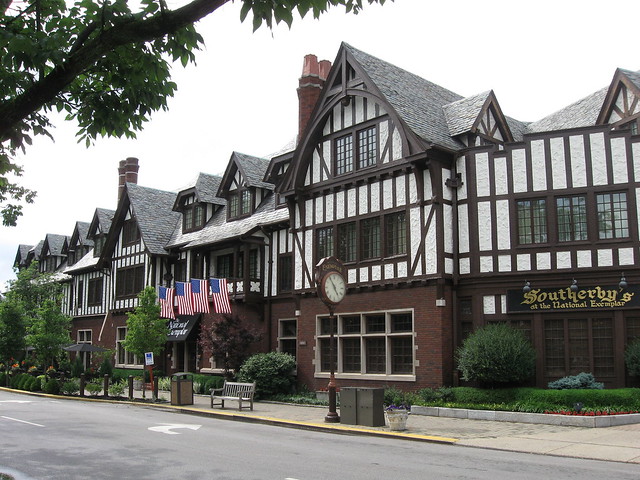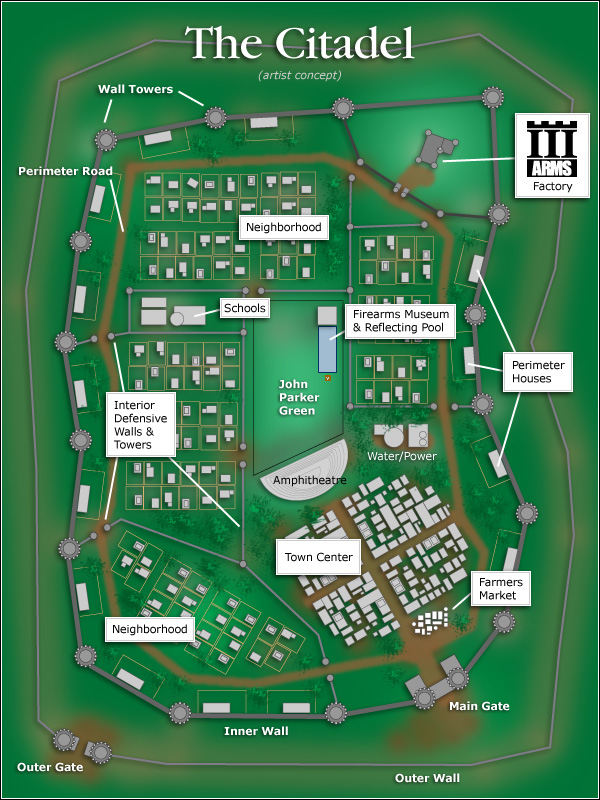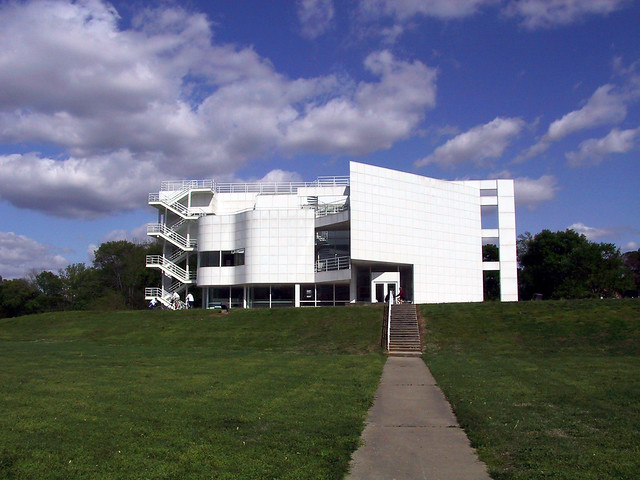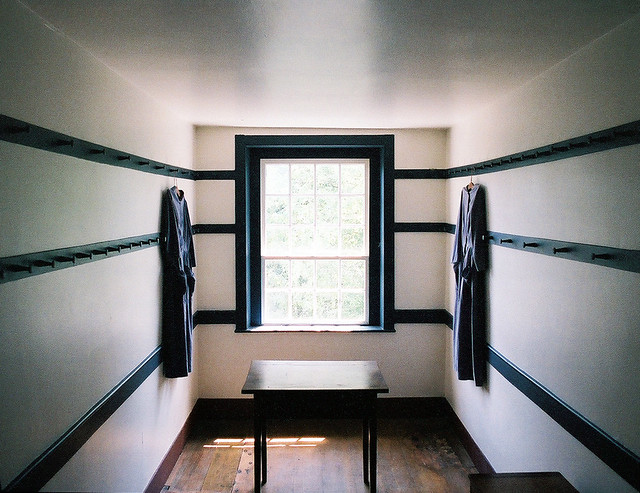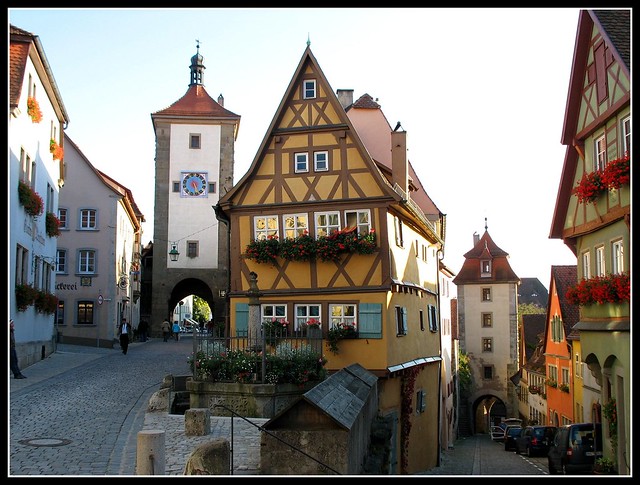Category: Architecture
Jantar Mantar, Delhi
Jantar Mantar is a collection of architectural 13 architectural astronomy instruments. The site is one of five built by Maharaja Jai Singh II of Jaipur, from 1724 onwards, as he was given by Mughal emperor Muhammad Shah the task of revising the calendar and astronomical tables.
Of the thirteen instruments, three are quite large and remarkable:
- Samrat Yantra, or Supreme Instrument, is an equal hour sundial in the form of a giant triangle. On either side of the sundaol is a quadrant with graduations indicating hours, minutes, and seconds.
- The Jayaprakash are hollowed out hemispheres with markings on their concave surfaces. Wires were stretched between points on their rim so an observer could align the position of a star with various markings from below.
- The Misra Yantra is a tool to determine the shortest and longest days of the year, including indicating the exact moment of noon in various cities and locations regardless of their distance from Delhi.
The Jantar Mantar is centrally located and is easy to visit on any excursion to Lutyens’ Delhi.
Charminar
 The Charminar – or literally Four Towers – is a monument and mosque located in the center of Hyderabad. There are many theories about why the Charminar was built. The Archaeological Survey of India states, “It is widely accepted that Charminar was built at the center of the city, to commemorate the eradication of plague” as Qutb Shah (of the Qutb Shahi Tombs fame) had prayed for the end of a plague that was ravaging his city.
The Charminar – or literally Four Towers – is a monument and mosque located in the center of Hyderabad. There are many theories about why the Charminar was built. The Archaeological Survey of India states, “It is widely accepted that Charminar was built at the center of the city, to commemorate the eradication of plague” as Qutb Shah (of the Qutb Shahi Tombs fame) had prayed for the end of a plague that was ravaging his city.
The Charminar is a square structure with each side 20 meters (approximately 66 feet) long, with four grand arches each facing a fundamental point that open into four streets. At each corner stands an exquisitely shaped minaret, 56 meters (approximately 184 feet) high with a double balcony.
You can climb to the top, but expect a long line – and know that the Charminar is still a functioning Mosque and Madraasa. The neighborhood is quite crowded with many tiny shops: this being a major marketplace in Hyderabad. During Golden Hour at sunset the Charminar is a sight to see, with the bright Andhra sun shining on the limestone and granite of the minarets.
Pair a trip to the Charminar with a visit to the calmer Chowmahalla Palace nearby.
- Hours: variable, closed on Friday
- Address: Khilwat, Charminar, Hyderabad, AP 500082
- Directions: Go to the center city – ask anyone for Charminar. They will guide you. I would suggest a taxi or hired car.
- Charminar on Wikipedia
- Charminar on Andhra Pradesh tourism site
Chowmahalla Palace
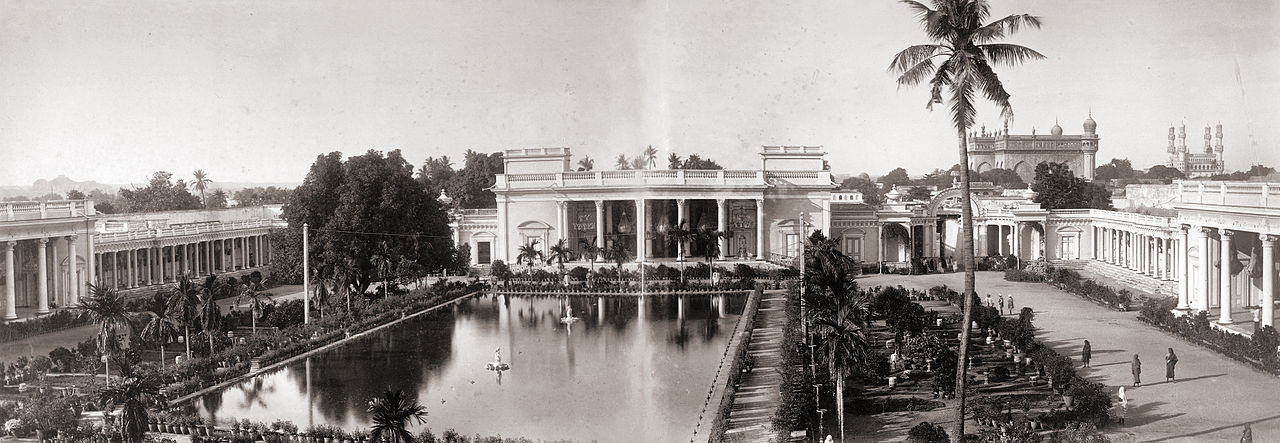
Home to the Nizams – the absolute monarch of Hyderabad State before Partition – and the seat of the Asaf Jahi dynasty. The Chowmahalla Palace was completed between 1857 and 1869 – over 100 years since building commenced. Composed of multiple smaller buildings oriented around two courtyards, the palace is an interesting mix of mughal architecture and neoclassical motifs, fitting as the palace was built over the course of many years. The palace and grounds were restored to fairly good condition in 2005 by the current Nizam (Barkat Ali Khan Mukarram Jah, Pretender) and his family.
 The Chowmahalla Palace is a nice and quiet refuge from the crowded streets around the Charminar. Expect to spend a few hours walking around the interior of the different palace buildings, be sure to check out the Nizams’ classic car collection, and relaxing in the courtyards around the fountains. The best time to visit is in the evening around Golden Hour, where the clear Hyderabad sun hits the pale yellow buildings and starlings circle above you. Pairing a visit with the Charminar is also a perfect way to spend an afternoon.
The Chowmahalla Palace is a nice and quiet refuge from the crowded streets around the Charminar. Expect to spend a few hours walking around the interior of the different palace buildings, be sure to check out the Nizams’ classic car collection, and relaxing in the courtyards around the fountains. The best time to visit is in the evening around Golden Hour, where the clear Hyderabad sun hits the pale yellow buildings and starlings circle above you. Pairing a visit with the Charminar is also a perfect way to spend an afternoon.
- Hours: Regular Palace Timings for viewing: 10am -5pm (Closed on Fridays and National Holidays)
- Address: Khilwat, 20-4-236, Motigalli Hyderabad – 500 002
- Directions: Go to the Charminar, head toward the Makkah Masjid – ask anyone how to get to the Chowmahalla Palace
- Chowmahalla Palace on Wikipedia
Qutb Shahi Tombs
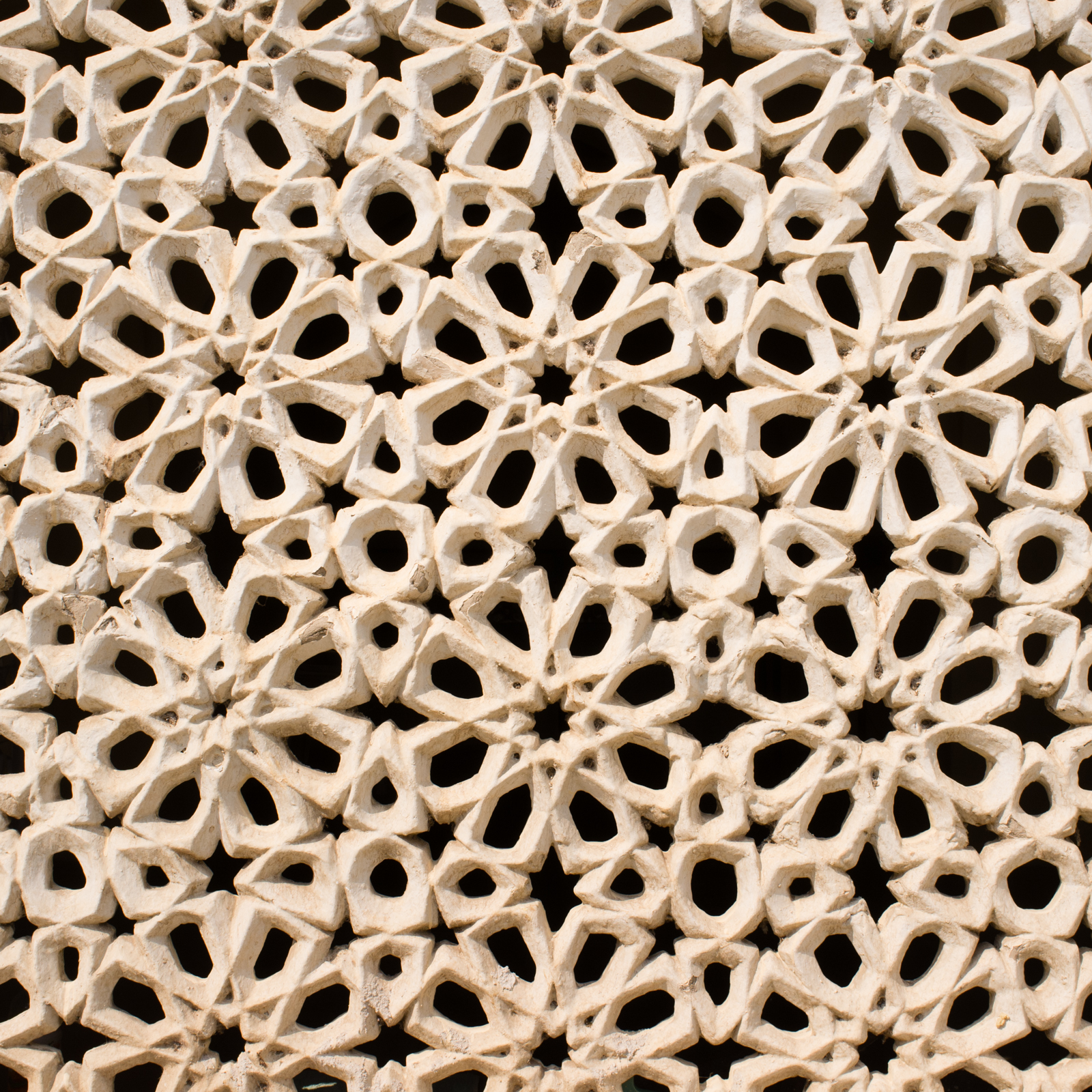
Also known as the Seven Tombs of Hyderabad, the Qutb Shahi Tombs, these domed mausoleums dating from the 1540’s hold all except the last of the Qutub Shahi sultans.
Humayun’s Tomb, New Delhi

This complex on the edge of Lutyens Delhi is the tomb of the Mughal Emperor Humayun, built in 1570. This was the first garden-tomb on the Indian subcontinent, and inspired many subsequent tombs including the Taj Mahal. The Persian gardens and Mughal architecture is serene and calming stop which is an immense contrast from the hustle of the Delhi neighborhood surrounding it.
The tomb itself is in the center the four-folded gardens – in the charbaah style – complete with channels linking large pools, which depending what time of year you visit might be full. The mausoleum is composed of a series of red sandstone and marble octagons. In fact, much of the tomb and gardens are divisible by four or eight, an auspicious set of numbers.
Humayun’s Tomb and gardens are the beginning of a long series of dynastic tombs, introducing the monument in a garden motif to the subcontinent. Having travelled widely throughout the Islamic world during his reign, Humayun brought back ideas which were applied by the tomb’s architect under direct direction of Humayun’s widow, Biga Begum (Hajji Begum).
If you are in Delhi, this monument is better preserved then the Red Fort and is less crowded – especially if you come in the morning before the heat of the day. You can stroll the gardens and not see anyone, which is a rarity anywhere, but especially in India.
Brookfield Properties’ Manhattan West Infrastructure Porn
Brookfield Properties is beginning their $680 million platform over the existing Amtrak Hudson Yards, which will be home to Manhattan West, a development containing two office buildings, a residential building, and 1.5 acres of public space.
The Citadel & Independence, USA: Another try at American Utopia
The internets are ablaze – mostly with scorn – over two different planned communities which have attracted attention after the Newtown, CT shooting: the Citadel and Glenn Beck’s Independence USA. The former is planned to:
…house between 3,500 and 7,000 patriotic American families who agree that being prepared for the emergencies of life and being proficient with the American icon of Liberty — the Rifle — are prudent measures. There will be no HOA (ed – Home Owner’s Association). There will be no recycling police and no local ordinance enforcers from City Hall.
While Independence, USA would combine Disney World with what appears to be Celebration, FL (also by Disney):
While Independence is very much a dream at this point, the proposed city-theme park hybrid would bring several of Glenn’s seemingly disconnected projects into one place. Media, live events, small business stores, educational projects, charity, entertainment, news, information, and technology R&D – all of these things would have a home in Independence. With the rest of the country and the world going away from the values of freedom, responsibility and truth, Independence would be a place built on the very foundation of those principles. A retreat from the world where entrepreneurs, artists, and creators could come to put their ideas to work. A place for families to bring their children to be inspired.
Some may scorn, but I say: more power to you.
America has a great and rich history of groups of people coming together to found communities which share their combined values. The various Shakertown’s – such as Pleasant Hill, Kentucky – which dot Pennsylvania, Ohio and Kentucky are but one example of 19th Century utopia settlements founded by the Religious Society of Friends. Another great one is New Harmony, Indiana founded by a pietist, communal German religious group, known as Harmonists, Harmonites or Rappites in 1814. The Village of Mariemont, Ohio is a suburb of Cincinnati and was built in the 1920s by Mary Emery and exhibits English architecture from Norman to classic Georgian style. And you can’t forget any contemporary suburban gated community. Americans just love to build these things.
That isn’t to say these experiments are a always success. Only one or two Shakers remain alive today (since as part of their religion they decided not to procreate), and the Harmonists were really a band of indentured servants for leader George Rapp; who eventually sold New Harmony to move back to Pennsylvania. Mariemont is still a pretty little suburban town, and well, Trayvon Martin.
What is interesting in many of these cases, is the perceived need to isolate the group from the “other” in order to maintain discipline, security, or order. Also unsurprising, is the retro and nostalgic tone of both developments: both look to old Germanic town centers, and in the Citadel’s case explicitly showcase Rothenburg, Germany:
What is objectionable about the Citadel is their total lack of being prepared to run a corporation (which a town is): they claim to require no credit check, no background check, zero down payment, zero interest, and zero property taxes. This is not a way to operate a going concern, even if you want to maintain “Liberty-driven freedom derived by Thomas Jefferson’s Rightful Liberty.”
Services cost money, and people are greedy, lazy, and willing to look the other way. If you want to see what a libertarian playground would look like, head over to Gurgaon, outside New Delhi, India:
In this city that barely existed two decades ago, there are 26 shopping malls, seven golf courses and luxury shops selling Chanel and Louis Vuitton. Mercedes-Benzes and BMWs shimmer in automobile showrooms. Apartment towers are sprouting like concrete weeds, and a futuristic commercial hub called Cyber City houses many of the world’s most respected corporations.
…
To compensate for electricity blackouts, Gurgaon’s companies and real estate developers operate massive diesel generators capable of powering small towns. No water? Drill private borewells. No public transportation? Companies employ hundreds of private buses and taxis. Worried about crime? Gurgaon has almost four times as many private security guards as police officers.
Urbanity takes shared sacrifice which extends past ideology, right into your pocketbook and your daily actions. These experiments don’t even realize this, and will fail much like the hippie communes of the 1960’s/70’s.
